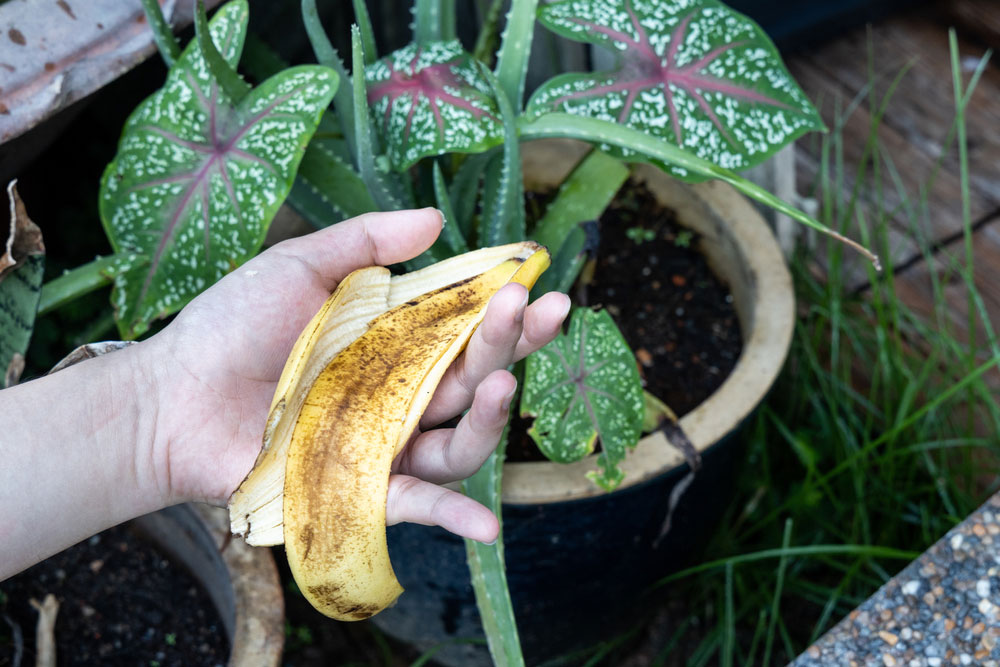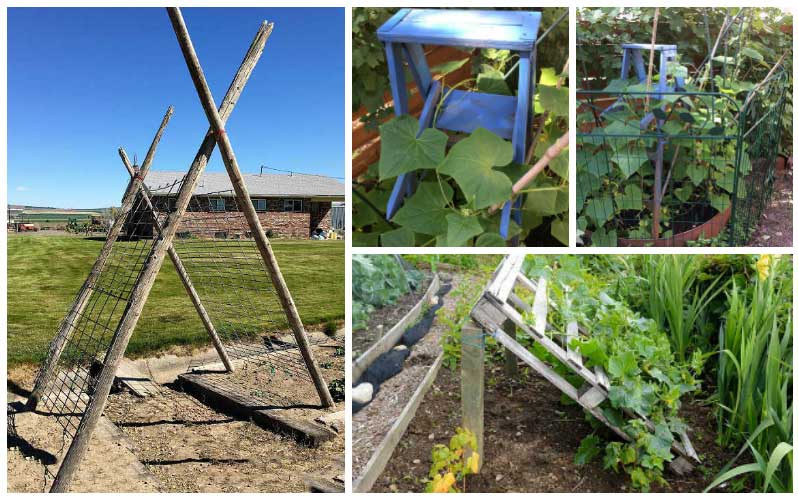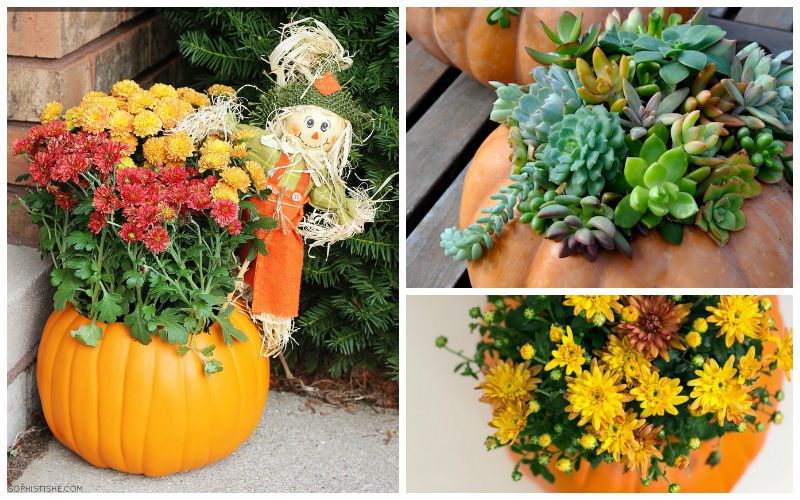
The landscape of your yard may be a challenge. For some, finding the space for a garden can be discouraging if your yard is small. Even if you have a garden in your yard already, finding the space to add to it might be easier said than done. Or perhaps your particular gardening predicament is that you are a beginner.
Finding a gardening method that is low maintenance and low cost is important when you are just beginning. This template for a vertical gutter garden provides you with a solution. Whether you are a total novice or a veteran gardener looking to shake things up, this vertical garden design is going to create a unique cultivation space.
The downward slope of the gutter design makes for easy drainage, the vertical framework makes saving space simple, and because it is a DIY gardening project, you only pay for the cost of materials. This can save a considerable amount of money when compared to other vertical gardening options.
Before you are able to work this unique garden design into your home landscaping it is crucial that you take the proper measurements.
Keep in mind that not all measurements will match the dimensions of the framework in the example video because not all fences are the same.
Make sure and figure out the exact length of fence you plan to cover with your vertical masterpiece. If you have a long stretch of fence you want to grow on, it may be best to build more than one framework rather than an extremely long framework.
Some gardeners may want long lengths of the gutter while others may prefer shorter lengths. The heights of fences also vary so be sure that you are familiar with the precise dimensions of the space you are hoping to put your vertical garden in.
There is nothing more frustrating than having to redo part of a project because your math was bad. Just be sure that each length of gutter has the right amount of bracket support no matter what the length and height of your fence is.
Other than that, follow the directions listed here and the examples from the step by step video below and enjoy growing!
Step 1: Build a Basic Frame
When building your frame you will need to have a top piece, bottom piece, and four vertical pieces between them.
Step 2: Use Glue on The Ends of the Vertical Pieces
Apply wood glue to both ends of each of your vertical pieces so that they are held in place on the top and bottom pieces.
Step 3: Use a Kreg Face Clamp to Pieces in Place
The kreg face clamp holds each of the vertical pieces flush against the top or bottom piece. This way all boards are steady and secure when you are ready to screw them together
Step 4: Use a Pocket Hole Jig to Join the Pieces
The angle of the joint allows for a more stable framework to support your gutter garden.
Step 5: Measure and Mark for Points Where You Attached the Hardboard
Mark on the back of the garden frame the points where you will attach it to your yard fence. Attach a joint appropriate for your fence design.
Step 6: Create a Natural Slope or Angle for the Gutter
Mark off attachment points in the inner two vertical pieces of the framework that create a natural slope. This will look like a slight zig-zag from top to bottom and allows for natural drainage.
Step 7: Attach the Brackets
Drill pilot holes at the points marked on the inner vertical pieces of the frame. Then attach the brackets themselves.
Step 8: Attach the End Caps of the Gutter
Each gutter length will be capped on both ends. This may take a little effort, as the caps fit the gutter ends snugly.
Step 9: Drill Two Holes at The End of the Gutter
On the end of the gutter that will be placed on the lower bracket, drill two small holes. This creates drainage.
Step 10: Place all Gutters then Attach to the Fence
Snap each length of gutter into the brackets. Make sure that the lower end of each gutter length is the end with the two drainage holes. Then use the joints on the back of the frame (from Step 5) to hang your vertical garden on your yard fence!






